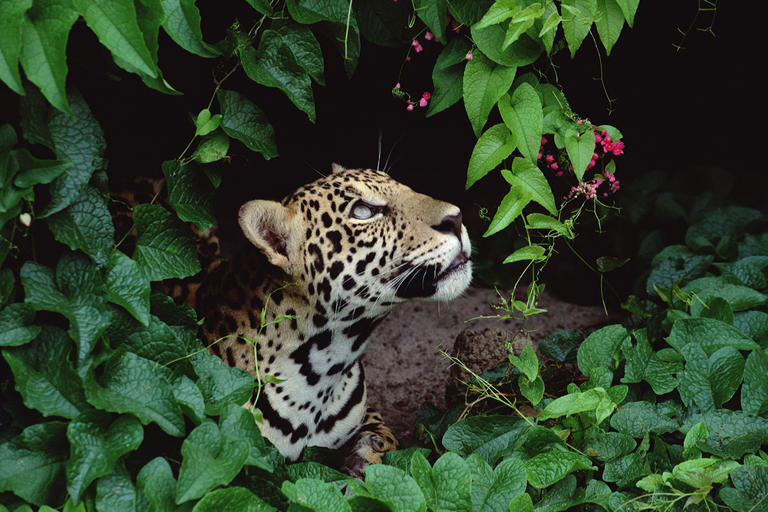
In recent years, we have witnessed devastating footage of the Amazon on fire. Rising temperatures and deforestation are a few drivers. With climate change presenting an existential crisis, it is easy to feel overwhelmed or hopeless. How can we reverse the damage done to this incredible habitat? Why should we?
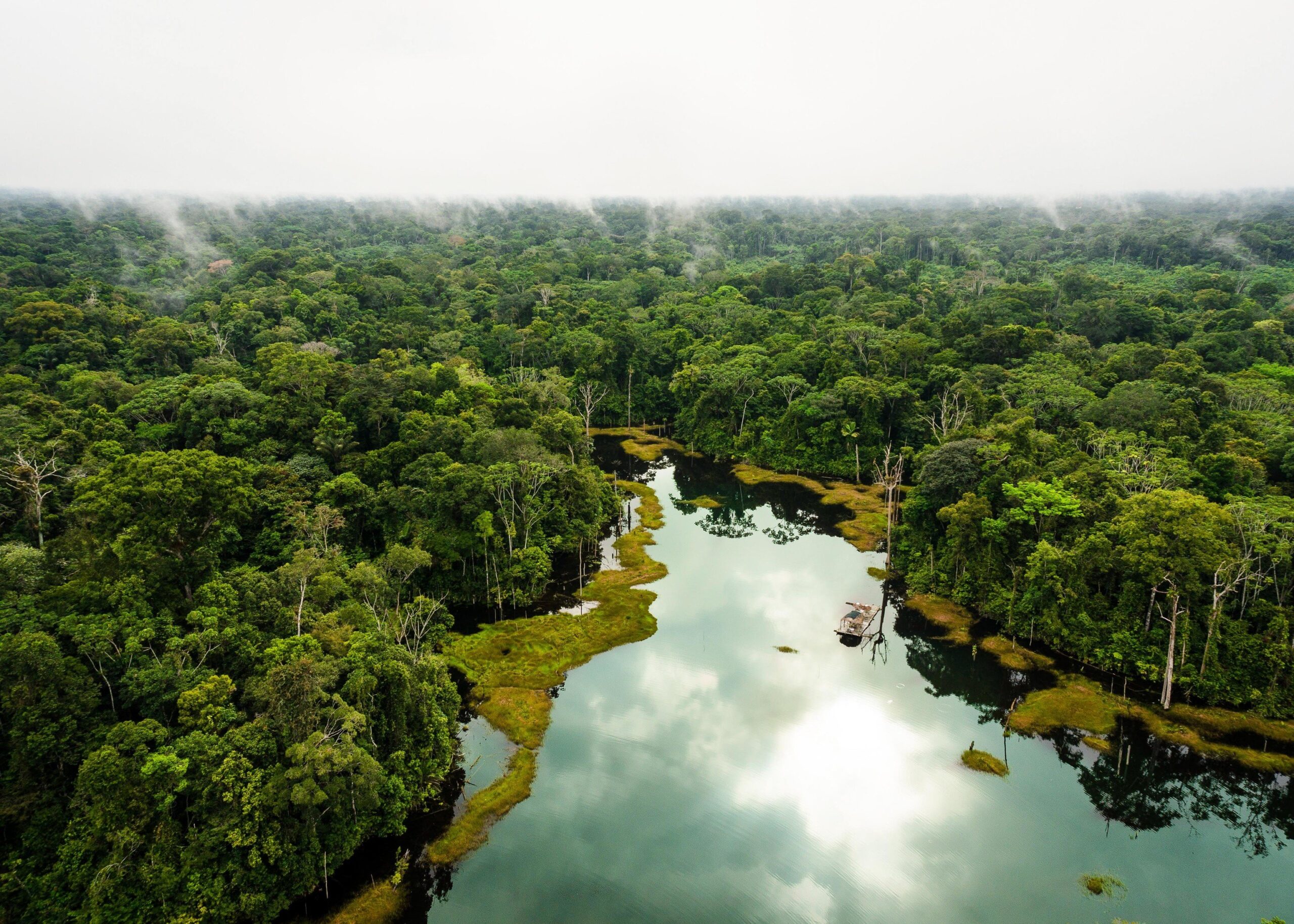
THE AMAZON IS BIG, BEAUTIFUL, & ESSENTIAL
The Amazon forest covers over 6 million square kilometers and spans eight territories and countries – Brazil, Bolivia, Peru, Ecuador, Colombia, Venezuela, Guyana, Suriname, and French Guiana. Brazil is home to the largest portion of the Amazon, containing roughly 60% of the forest. The Amazon’s ecosystem is wonderfully diverse. There are about 40,000 species of plants, 1,300 species of birds, 3,000 varieties of fish, over 400 types of mammals, about 2.5 million different insects. Importantly, the Amazon forest is a big player in climate change mitigation. The forest is responsible for absorbing huge amounts of carbon dioxide from the atmosphere, acting as a “carbon sink.” Globally, forests capture over 7 billion metric tons of carbon yearly, and the Amazon accounts for about a quarter of that total. In other words, the Amazon absorbs about 5% of annual carbon dioxide emissions, giving it an important function in the effort to reduce carbon emissions and help realize the goals of the Paris Climate Agreement.
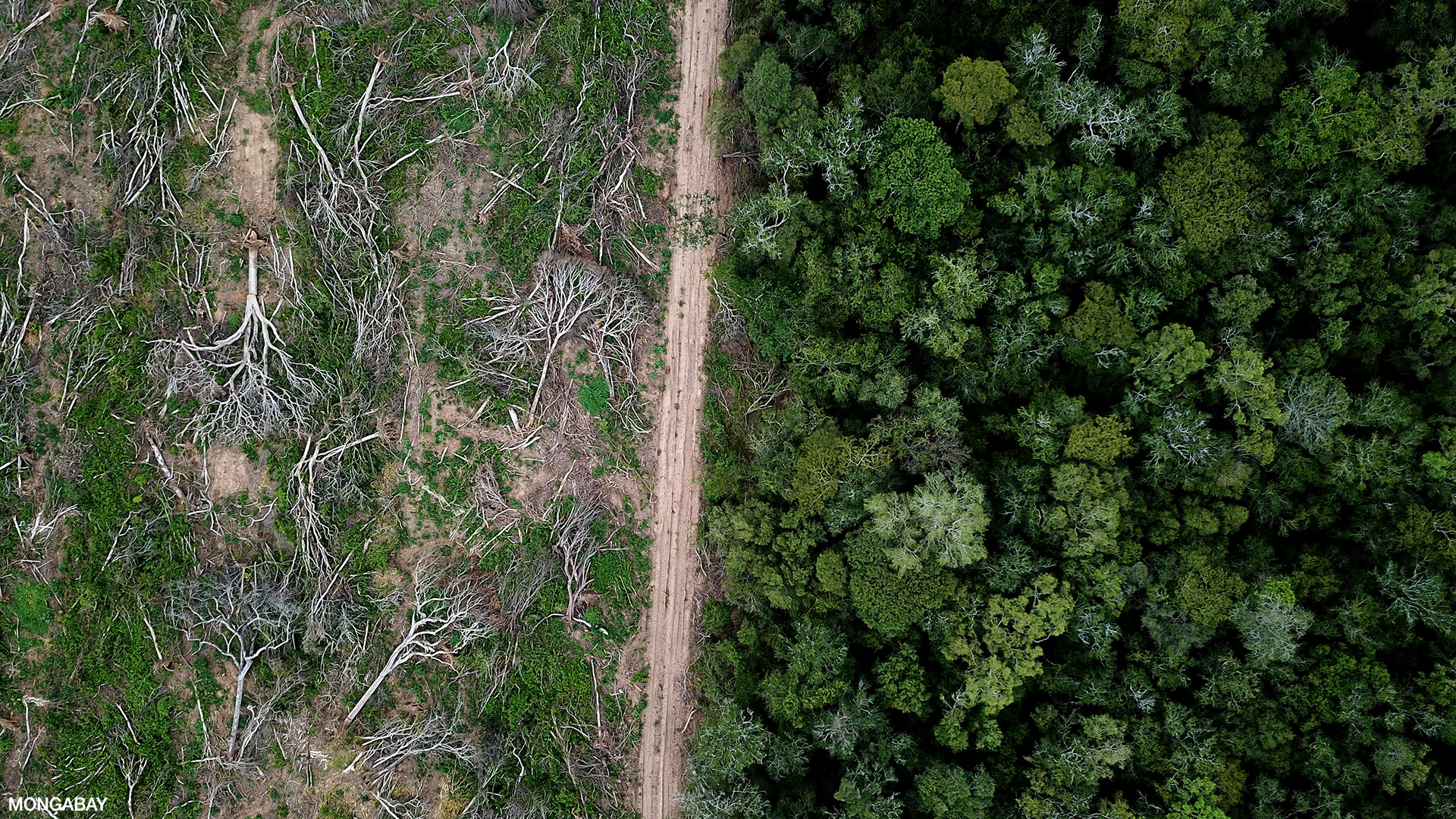
FOREST UNDER FIRE
As you may be aware, the Amazon rainforest is under attack. Brazilian President, Jair Bolsonaro, steward of the largest portion of the Amazon, has weakened environmental protections and environmental law enforcement in the forest. The deforestation rate in Brazil was on the rise before Bolsonaro but has surged since he assumed office at the start of 2019. In 2020, the Brazilian Amazon deforestation rate reached a ten-year high, with an estimated forest loss of about 11,088 square kilometers. Deforestation has numerous ramifications including soil erosion, crop loss, flooding, loss of biodiversity, an increase in greenhouse gases, and an increase in wildfires.
In 2020, the Brazilian Amazon deforestation rate reached a ten-year high, with an estimated forest loss of about 11,088 square kilometers
—
Scientists from IPAM Amazonia, a Brazilian research group, linked the fires in the Amazon directly to deforestation. Municipalities with the most fire outbreaks also have the highest deforestation rates. The main drivers of deforestation in the Brazilian Amazon are cattle-ranching, commodity demand, and logging. Cattle-ranchers set fires to fertilize the soil and clear brush for new land for the cattle to graze on. Other commodities, such as soybeans, also play a driving role in Brazilian deforestation. Brazil is the world’s number one exporter of beef and soybeans, both of which require large amounts of land. While Brazil’s main beef customer is China, the United States imports increasingly more beef from Brazil. In 2020, the U.S. imported nearly 30 million pounds of beef from Brazil, an increase of over 10 million pounds from the previous year. As pro-business ruralistas have gained power in the Brazilian congress, agriculture and business interests get prioritized over environmental concerns.
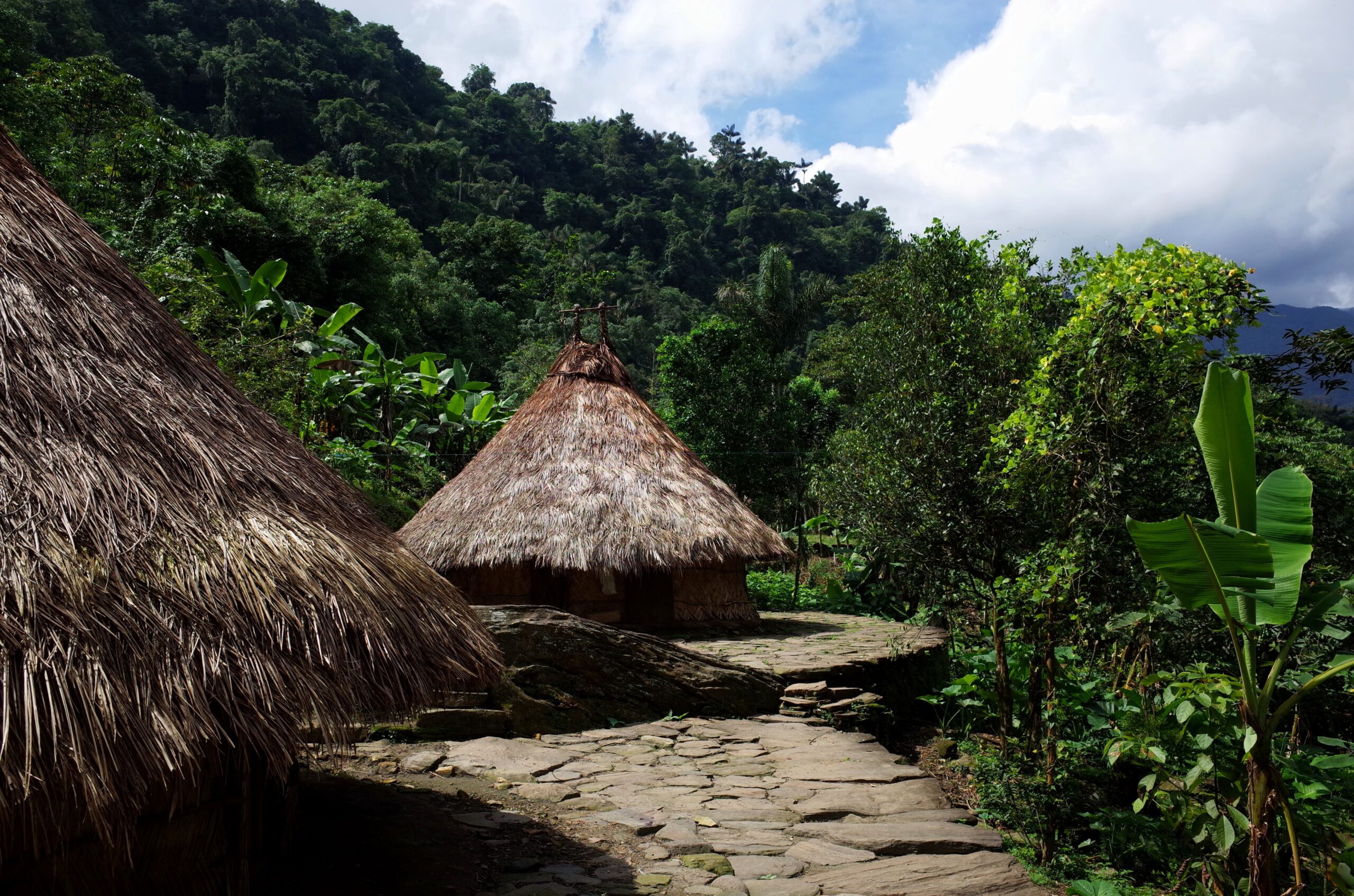
SUCCESSFUL CONSERVATION EFFORTS
Before the recent rise in deforestation rates in Brazil, the country was managing to steadily decrease the rate of Amazonian deforestation. From 2004 through 2012, the annual forest loss in Brazil declined by roughly 80%, reaching a low of about 4,500 square kilometers that year. The decrease in deforestation is a result of domestic policies as well as environmental activism, private and public sector initiatives, and international pressure. In 2003, the Brazilian government implemented a four-phase Action Plan for Prevention and Control of Deforestation in the Legal Amazon (PPCDAm). The PPCDAm played a large role in significantly cutting the deforestation rate in Brazil. This initiative expanded the protected land areas in Brazil, improved remote monitoring via satellites, and increased law enforcement in the forestry sector. These efforts saw great results, halving the deforestation rate in Brazil from 2004 to 2007. When deforestation rates slightly rose again in 2008, the Brazilian government identified and made public a list of municipalities that were the worst deforestation offenders. Law enforcement efforts were then targeted at these municipalities. In addition, the Brazilian government required environmental compliance in order for landowners to qualify for government-subsidized agricultural credit. Together, these efforts helped Brazil reach an 80% reduction in deforestation from 2004 to 2012.
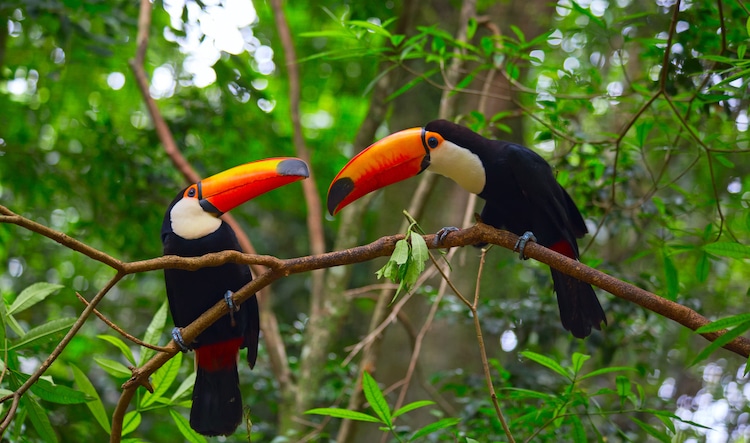
RETURNING TO CONSERVATION
What worked before can work again. We as private citizens can work with NGOs and civil society groups to apply international pressure on the Brazilian government to re-implement and strengthen the PPCDAm action plan. Brazil should halt and then limit commodity-driven deforestation efforts, enforce environmental laws, and respect and protect indigenous lands.
We must apply pressure on the Brazilian government to re-implement and strengthen the Action Plan for the Prevention and Control of Deforestation in the Legal Amazon
—
As an individual, eat locally sourced beef when possible. Even better, reduce your beef consumption. As a consumer, you can choose to support “rainforest safe” products. For example, look for the “Rainforest Alliance Certified” logo. You can also support organizations working to protect the Amazon such as Amazon Watch, Amazon Conservation Team, and the Rainforest Trust. Find more organizations here. And of course, find organizations or initiatives in your city that work for environmental conservation and protection. Get to know your local elected officials and learn more about what they are doing to protect the environment.
